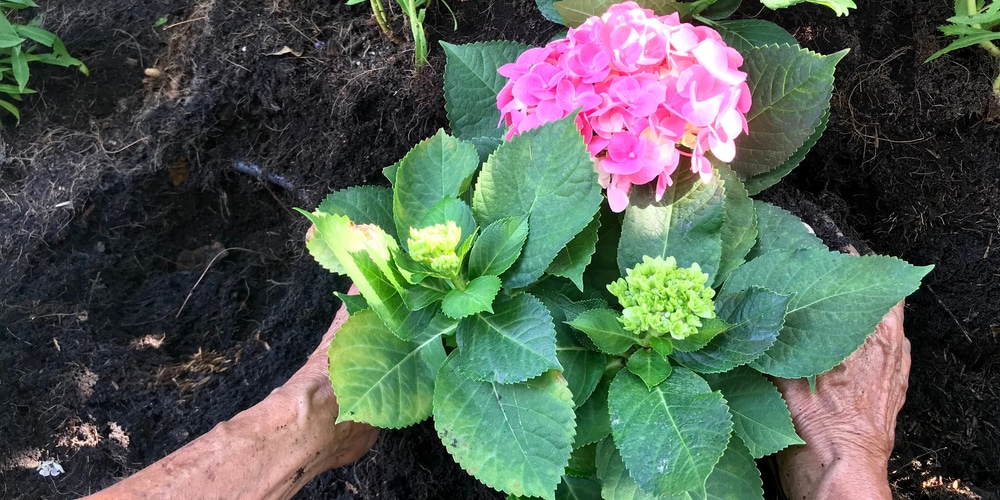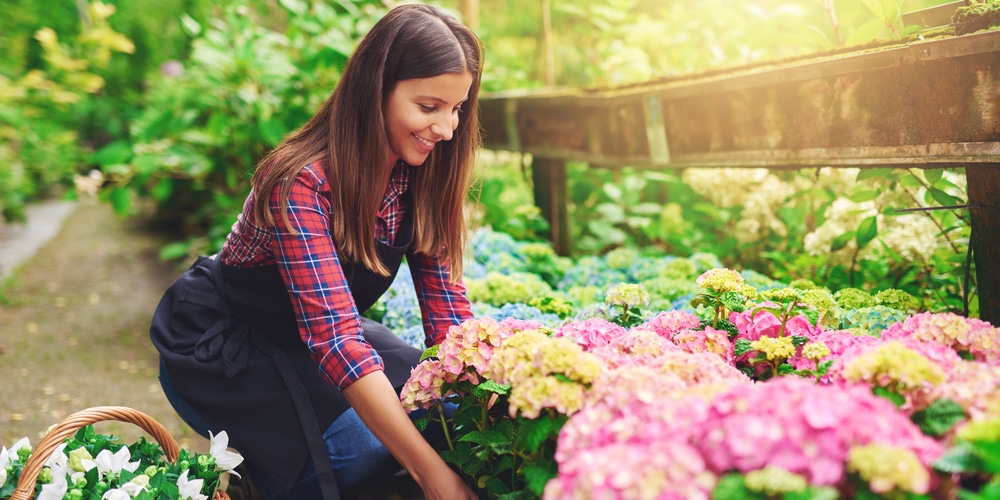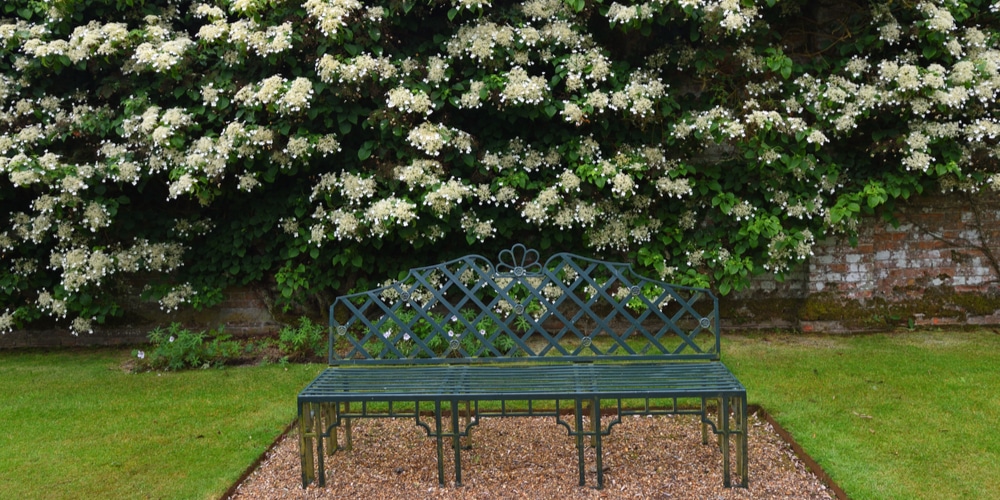Hydrangeas are among the flowers you will often see in almost all neighborhoods. They are loved for their large, incredibly beautiful showy blooms that range from bright pink, white, or blue, depending on the variety.
The color change can be fascinating or disturbing depending on the gardener’s preferences, but at least any of the three hydrangea bloom colors will add beauty to your yard and can easily turn out to be the main eye captivating aspect of your flower garden.

That said, planting hydrangea may not be easy for Michigan gardeners since all varieties love moist, fertile, well-drained, loamy soils, yet Michigan is mostly dry with sandy and clay soils.
This does not mean hydrangeas won’t grow in Michigan gardens, however. There are hardy varieties that can push through the harsh climate conditions and grow healthy, adding wonderment to your garden.
If you are planning to add hydrangea to your yard or garden in Michigan, read on to get insights on how to plant, when to plant, the varieties that do well, and maintenance tips.
When to plant hydrangea in Michigan

For Hydrangea gardening, timing is critical if you wish them to produce charming, spectacular, fluffy softballs that will add color to your yard.
That said, the best time to plant the hydrangea shrubs in Michigan is in the early fall. Planting during this time of the year allows them to develop healthy roots before they overwinter.
You can also plant hydrangea in late spring, as the temperatures during this time are relatively low and will allow the root system to establish before the hot summer season kicks in.
Generally, the cooler shoulder seasons are the best to plant hydrangea. Plant your hydrangea very early in the morning or late in the evening, so they do not undergo heat stress arising from the scorching sun rays during the day.
How to plant hydrangea
Now that you know when is the right time to plant hydrangea in Michigan, it is essential to master the right planting process so that you may have large beautiful blooms through summer and fall.
Here are a few steps in the hydrangea planting process.
1. Select a planting site
The right planting site should be a medium shady spot that receives morning sunshine but is protected from the scorching afternoon heat. Ideally, you need to plant hydrangeas on the north or east side of your house.
2. Prepare the plant
Gently take the hydrangea out of its container and inspect the root ball. Snip off the rotting or dead parts and tease the roots free, especially if they are bound together.
3. Prepare the planting site
Hydrangeas thrive in well-drained loamy soils. If you plant them in sandy soil, they will wilt and probably dry out because sandy soil does not hold sufficient moisture. On the other hand, clay soils hold a lot of water which can cause root rot.
To prepare the planting site, dig thoroughly to loosen the soil. You can improve soil texture and drainage by adding compost manure and mixing it well with the soil.
Afterward, dig a hole as deep as the root ball and three times wider than the root ball. When planting, make sure the point where the stem meets the soil is leveled at the top of the planting hole.
4. Plant the hydrangea
Set the hydrangea plant in the hole you had made and fill it with soil up to half the height. Water adequately until the soil soaks. Continue filling the hole with soil until it is well filled. You can water again thoroughly to help protect the plants from transplant shock.
Varieties that grow well in Michigan
Michigan is in USDA zones 4a to 6b, and hydrangeas are known to thrive in planting zones 3 through 10, depending on the variety. This means there are few varieties of hydrangea that will thrive in Michigan. Here are the most common hydrangea varieties for Michigan
- Climbing hydrangea
- Annabelle hydrangea
- Smooth hydrangea
- Bigleaf hydrangea
- Endless Summer hydrangea
- Oak Leaf hydrangea
- Tuff stuff or mountain hydrangea
Caring for hydrangea
Here are some tips on how to care for hydrangeas in Michigan.
- Watering and mulching: Hydrangeas typically need a lot of water to thrive in unforgiving Michigan’s climate conditions. Water adequately in the morning to prepare the plants for the day’s sun rays. When watering, avoid dropping water directly on the leaves. Along with watering, add layers of mulch to help conserve soil moisture and keep it cool. Two inches of organic mulch is recommended.
- Fertilizer: Different varieties of hydrangea have different fertilizer requirements. For this reason, always research before applying fertilizer to your plants. Generally, adding fertilizer makes sense if your soil is poor in nutrients. For fertile soils, you should avoid fertilizing hydrangeas as fertilizer promotes foliage growth at the expense of flowering.
- Winter protection: Cover the plants to a depth of about 18 inches using mulch, dry leaves, pine straws, and needles in winter to protect the plants from extreme cold and ice.
Planting hydrangeas in Michigan: Conclusion
Hydrangeas are hardy flowering shrubs, but they tend to be finicky with their growing requirements. All in all, you should be able to grow them successfully in your Michigan flower garden if you can provide them with ideal growing conditions, especially in terms of water supply and soil requirements.
Hopefully, this post will help you add beauty to your yard with hydrangea’s bright blue, white, and pink blooms.
You May Also Like: When Do Magnolia Trees Bloom in Michigan?

